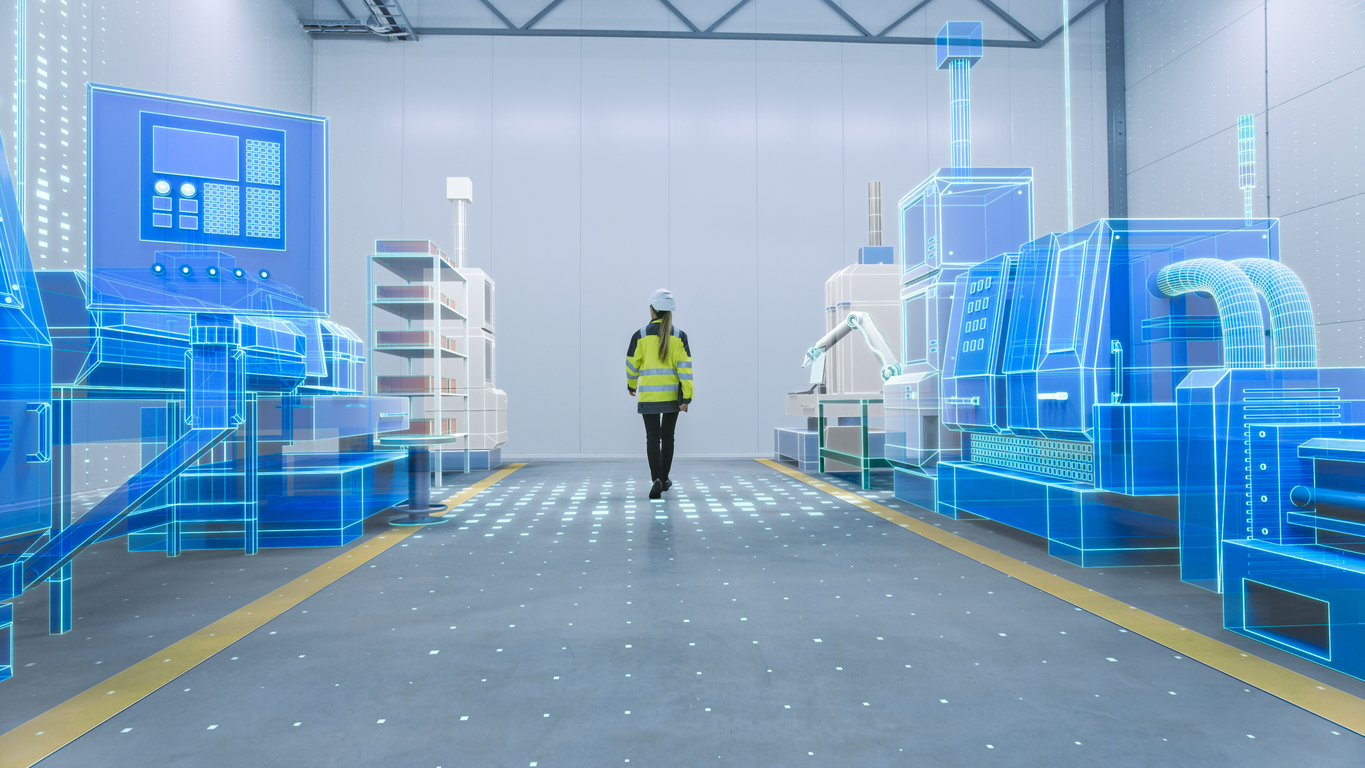Behind almost every product we purchase is a manufacturing organization so complex it can be difficult to map out on a single diagram
Most of us might initially picture an assembly line, where goods are assembled or finalized. Long before that, though, there are entire teams focused on collecting and preparing raw materials so they are ready for productions.
Even after products are finished, of course, there are also warehouse staff and truck drivers who assist in the logistics and fulfillment stage of manufacturing.
Those who haven’t worked in manufacturing directly might not even think about the many other departments who are key to running the business. This includes manufacturing sales, marketing, HR and operations groups— all the people who depend on manufacturing processes to run on time, with minimal failure rates and without risk of production downtime.
Getting visibility into all these puzzle pieces in manufacturing was once next to impossible unless you were a CEO or senior leader able to take a sweeping tour of the entire organization. With the Internet of Things (IoT), however, that’s changing.
Manufacturers are not only gaining a greater view of the disparate parts of their business, but insight into making them perform more cohesively and effectively for long-term growth.
The IoT is usually defined as taking sensors and devices and embedding them across a manufacturing company. There, they can collect valuable data and share them through digital platforms connected via cloud computing.
When manufacturers combine the IoT with other technologies — including artificial intelligence and robotics, for example —it is sometimes referred to as an industrial Internet of Things, or IIoT.
According to the 2022 Advanced Manufacturing Outlook report, there is a strong correlation between adopting the IIoT and getting ahead of issues that could affect business performance. A large majority of 83% of those who say they have adopted IIoT, for instance, said they were prepared for the impact of COVID-19 when the pandemic broke out. This compares with 65% of those who say they are simply evaluating IIoT right now.
Beyond contending with a global health crisis, the IoT offers manufacturers plenty of other opportunities to improve business performance. These include:
Predictive Maintenance Alerts
It’s only natural that organizations would want to maximize the longevity of expensive equipment that sits on the factory floor, but it’s almost important to ensure they aren’t utilized to point where they break down altogether.
Rather than count on employees to keep track of assets as they age, IoT sensors can be deployed directly on equipment and connect to platforms that assess when parts need to be replaced or repaired. This allows manufacturers to get ahead of costly downtime while also making the optimal use of their budgets as factory equipment gets upgraded.
Ease Of Innovation And Experimentation
Product designers and other team members may come up with great ideas for new products, or ideas on how to improve existing ones. Putting those ideas to the test by creating prototypes has traditionally be time-consuming and costly, however.
IoT can be combined with AI and the cloud to create what are called “digital twins.” These are virtual replicas of physical objects and allow manufacturers to explore potential breakthroughs without putting their existing infrastructure at risk of being damaged.
Improved Compliance With Regulations And Standards
Inspecting a manufacturing operation to ensure everyone is following procedures that adhere to laws or best practices isn’t easy. It can involve not only monitoring your own factory environments but those of outsourcers or other third parties.
Using the IoT provides a conduit for remote production control, verifying production achieves regulatory compliance without someone having to be physically on site. In some cases, devices and equipment can be adjusted or reconfigured remotely if something is amiss.
Optimized Asset Management
Manufacturing is not simply a matter of making goods but streamlining their journey from A to B. Until recently this often meant taking a leap of faith that vehicle fleets would run smoothly and that everything would be properly sorted once it reached a warehouse.
The IoT takes away this guessing game by allowing manufacturers to see the location and status of assets at every moment in the journey. Sensors not only provide information about where items are, but can check conditions such as temperature and humidity to prevent mistakes in transportation and storage.
This also opens the door to refining how the supply chain works, whether it’s directing fleets to take alternate routes or what kind of equipment is best to manage inventories.
Enhanced Health And Safety
While a manufacturer’s sales reps, marketing team and even customer service agents can now do their jobs successfully from anywhere, there are many team members who need to remain physically present in a factory. Even as we hopefully begin to contain the pandemic, safeguarding the wellbeing of those employees is absolutely critical.
The combination of IoT and mobile devices such as wearables is already being used by some manufacturers to detect when employees fall or if they’re entered a hazardous area. The same kind of data can be used to ensure social distancing is maintained where needed.
Already, 62% of companies surveyed within the Advanced Manufacturing Outlook report said they have a plan in place to reach “Industry 4.0,” which includes the use of the industrial IoT. As they do so, the sector will be poised to discover new ways to boost quality control, reduce waste as part of sustainability initiatives and data to inform overall business strategy.
Manufacturing isn’t the only market where the IoT will transform the way we work — it’s just one where we might see some of the most compelling success stories.


